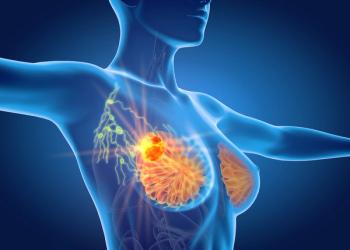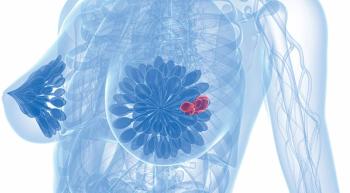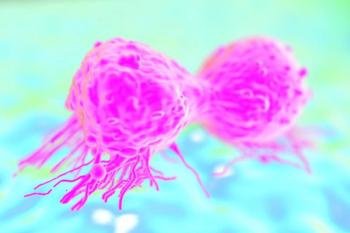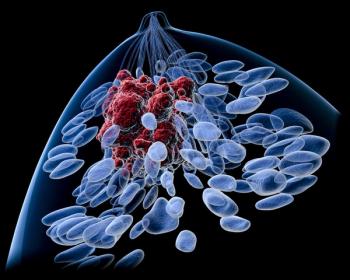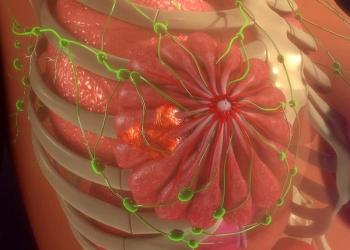
- ONCOLOGY Vol 14 No 9
- Volume 14
- Issue 9
Longer Time to Tumor Progression With Exemestane vs Tamoxifen in Advanced Breast Cancer
Initial data from a phase II study of exemestane (Aromasin) as first-line treatment of advanced breast cancer in postmenopausal women suggest that the new agent may extend the time that patients remain free of tumor growth compared to tamoxifen (Nolvadex).
Initial data from a phase II study of exemestane (Aromasin) as first-line treatment of advanced breast cancer in postmenopausal women suggest that the new agent may extend the time that patients remain free of tumor growth compared to tamoxifen (Nolvadex). Tamoxifen is currently the hormonal agent of choice for first-line treatment of advanced breast cancer. The results of this study were presented at the annual meeting of the American Society of Clinical Oncology (ASCO).
New Standards of Care
The study compared the activity and safety of exemestane (25 mg/d) with tamoxifen (20 mg/d) as first-line hormonal therapy in postmenopausal women with advanced breast cancer. From 97 randomized patients, data on response are available for 63 and on toxicity, for 76. In the study, the median time to tumor progression in patients treated with exemestane was 8.9 months, compared with 5.2 months for those treated with tamoxifen.
These preliminary results are striking, said Robert J. Paridaens, MD, PhD, professor and head of the medical oncology clinic, University Hospital Gasthuisberg, Catholic University Leuven, Leuven, Belgium. The data suggest that Aromasin challenges the standard of care, which may be confirmed by moving to a phase III trial involving a larger number of patients in order to allow a true and statistically valid comparison.
The Trials Continue
Approved by the US Food and Drug Administration in the fourth quarter of 1999, exemestane is indicated for the treatment of advanced breast cancer in postmenopausal women whose tumors have stopped responding to antiestrogen therapy, such as tamoxifen. It is the first in a new class of oral hormonal inactivator therapies that work by selectively targeting and irreversibly binding to the aromatase enzyme, which is required to produce estrogen. Exemestane interferes with the supply of estrogen to cancerous cells and prevents the cells from continuing to grow.
The unique mechanism of action and other clinical trial results to date prompted the European Organization for Research and Treatment of Cancer (EORTC) to conduct this phase II study. Based on these initial results, the EORTC initiated an identically designed large phase III trial. A National Surgical Adjuvant Breast and Bowel Project (NSABP) study of exemestane began in mid-2000.
Side-Effect Profile
Exemestane is also being studied for chemoprevention and was found to be well tolerated. Women treated with exemestane experienced the following side effects, compared to those treated with tamoxifen: grade 2/3 fatigue (5% vs 13%), pain (11% vs 18%), hot flushes (3% vs 15%), sweating (0% vs 10%), edema (3% vs 8%), nausea (3% vs 8%), and dyspnea (11% vs 5%). There was no difference between the two groups in the incidence of weight gain (5% vs 5%).
Articles in this issue
over 25 years ago
Cancer Treatment Billover 25 years ago
Optimal Use of the Newer Antifungal Agentsover 25 years ago
New Awards Spotlight Courage of Cancer Survivorsover 25 years ago
Hematopoietic Cell Transplantation, Second Editionover 25 years ago
ASCO to Push Medicare on Fee Issueover 25 years ago
Tamoxifen Approved for Use in Patients With Ductal Carcinoma In Situover 25 years ago
IG Guidelines on Individual Physicians and Small Practicesover 25 years ago
Pharmacology and Clinical Status of CapecitabineNewsletter
Stay up to date on recent advances in the multidisciplinary approach to cancer.


